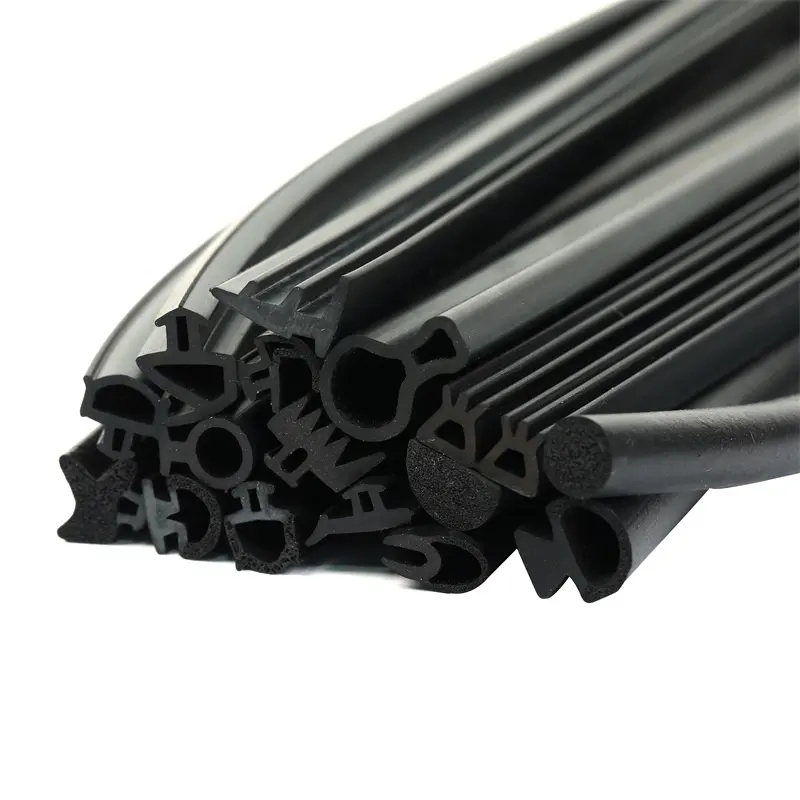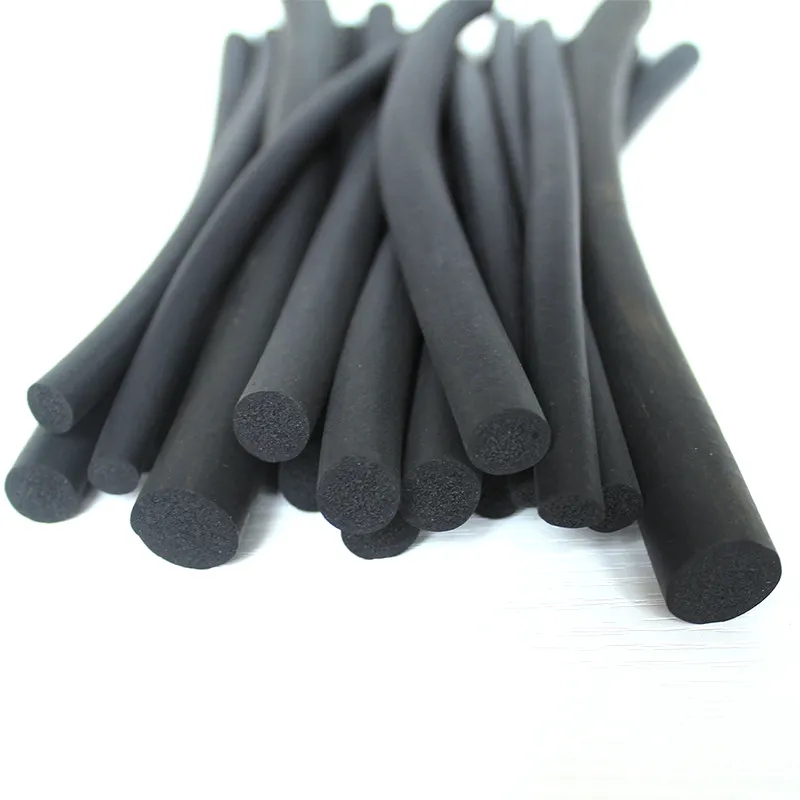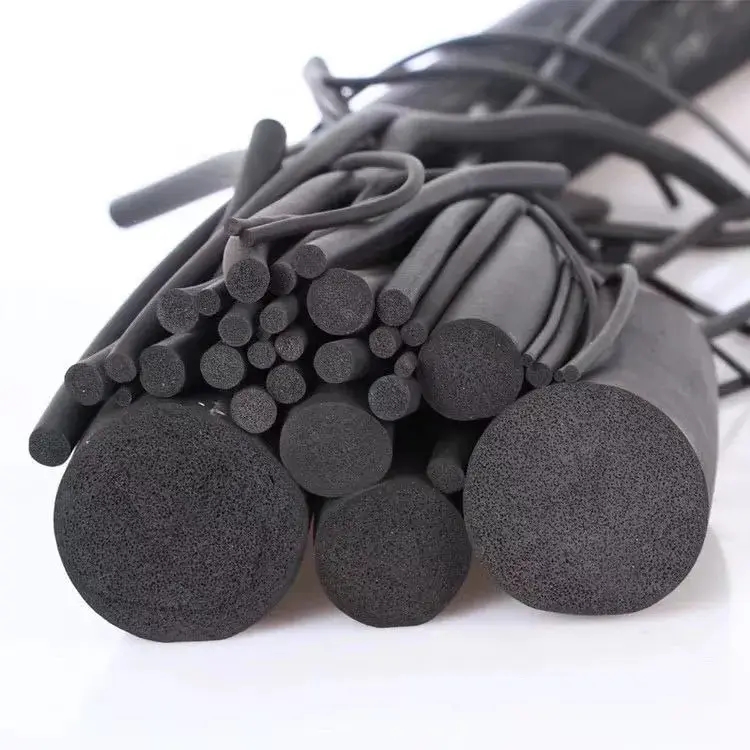Rubber Seal Strips: Versatile Solutions for Effective Sealing
Introduction:
Rubber seal strips are versatile and indispensable components used across various industries, providing reliable solutions for sealing gaps, preventing leaks, and insulating against weather and sound. In this article, we will explore the key attributes, applications, and benefits of rubber seal strips, shedding light on their importance in both industrial and domestic settings.
What Are Rubber Seal Strips?
Rubber seal strips, commonly made from high-quality elastomers, are flexible profiles designed to fill gaps and provide a barrier against various environmental factors. These strips come in a range of sizes, shapes, and materials, allowing them to cater to a multitude of sealing requirements.
Key Attributes:
Material Variety: Rubber seal strips are typically made from EPDM, neoprene, silicone, or other elastomers, each offering distinct advantages such as weather resistance, chemical resistance, or flexibility.
Customization: They can be tailor-made to fit specific dimensions, ensuring a perfect seal in any application.
Adhesive Backing: Many rubber seal strips come with adhesive backing for easy installation, saving time and effort.
Versatile Shapes: These strips are available in various shapes, including D-shaped, P-shaped, and more, making them adaptable to different sealing needs.
Applications:
Rubber seal strips find diverse applications, including:
Automotive: Sealing doors, windows, and hoods for noise reduction and weatherproofing.
Construction: Ensuring water and air-tight seals in windows and doors, improving energy efficiency.
Manufacturing: Reducing vibration and noise in machinery while maintaining a barrier against dust and contaminants.
Home Improvement: Sealing gaps around windows and doors for better insulation, reducing energy costs.
Benefits:
Weather Resistance: Rubber seal strips effectively seal out rain, wind, and other elements, protecting interiors from the harshest weather conditions.
Noise Reduction: They provide acoustic insulation, making interiors quieter and more comfortable.
Energy Efficiency: By sealing gaps, they reduce heating and cooling costs, contributing to energy savings.
Dust and Insect Barrier: These strips block dust and pests from entering, ensuring a clean and hygienic environment.
Vibration Dampening: Rubber seals absorb and dampen vibrations, improving equipment and machinery performance.
Conclusion:
In conclusion, rubber seal strips are invaluable for a multitude of applications, offering effective sealing, insulation, and protection against various environmental factors. Their adaptability, ease of installation, and longevity make them a go-to choice in industries and homes alike. By choosing the right rubber seal strip for your specific needs, you can enhance your environment’s comfort, efficiency, and durability.
















